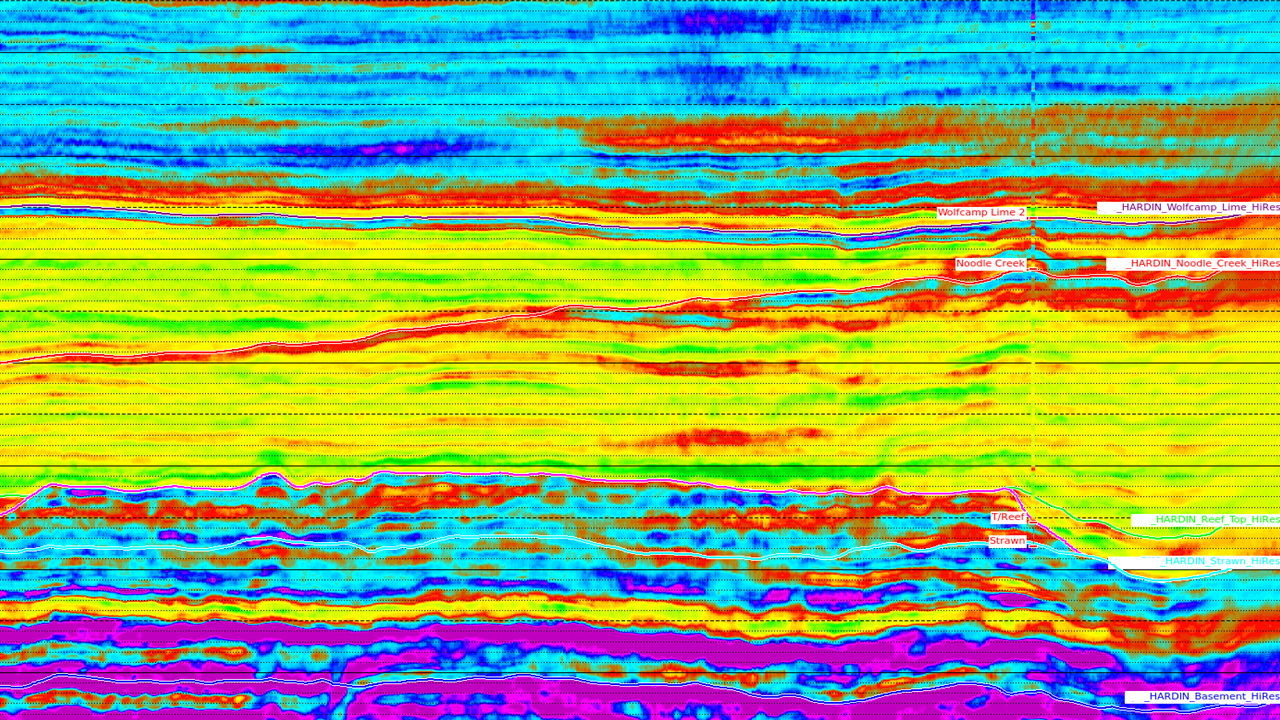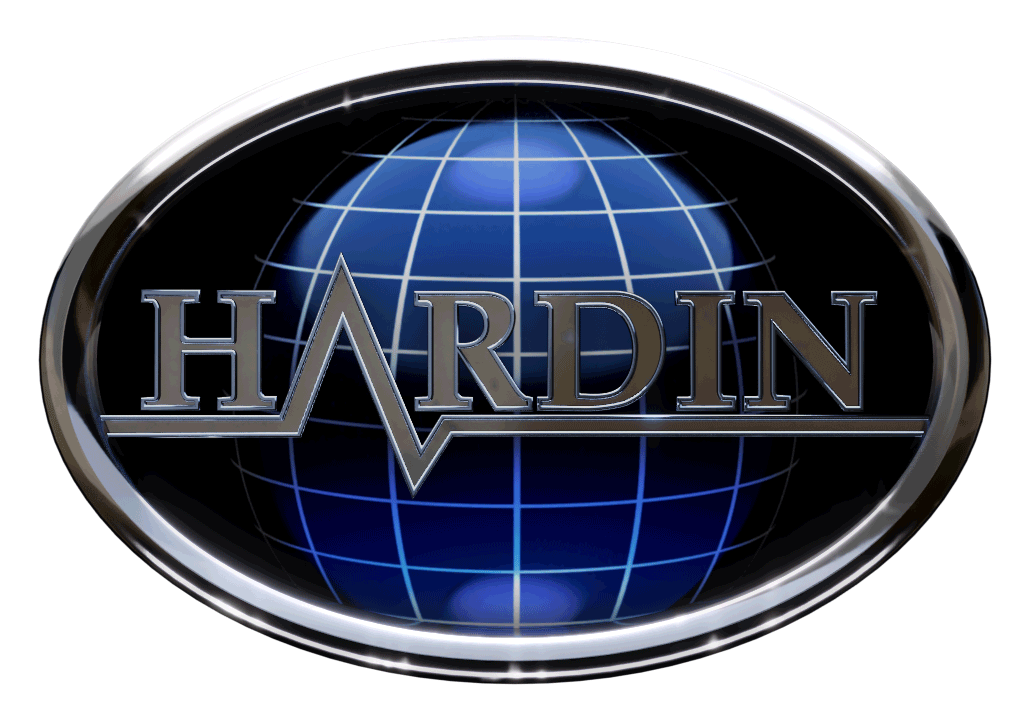
Accurate Imaging
Solid geophysics grounded in proven processing techniques
Hardin's reputation for accurate processing comes from solid geophysics grounded in proven processing techniques. We employ the latest software and hardware coupled with experienced processors-assuring you receive the most effective and thorough approach to an accurate image.
We QC and thoroughly check all geometries to determine any variance from the OB's. Client interaction is incorporated as velocities are adjusted to correlate with horizons and geology. Statics are calculated in detail, then adjustments are implemented to align with geology. The appropriate deconvolutions are tested and selected, optimizing frequency content for the client.
Technical Approach
Every project begins with scrutinized geometries, fine tuned statics, and velocities coupled with a well-experienced processor and the latest migration technology to generate the most reliable image available.
Pre-Stack Depth Migration
Depth migrating data can provide significant improvement over Time Processing by correctly honoring subsurface velocity information that Time Migrations are not sophisticated enough to handle. Results typically provide the user:
Structurally correct and improved event positioning
Improved resolution in imaging below faults
Accurate profiles for each well, well tops, and horizons
Higher quality data with improved signal to noise content
Aid in interpreting deep targets
In order to build an accurate velocity model, information measured in well control is analyzed and applied to the data to correct distortions in positioning due to anisotropy. The results of this application show improved positioning in well tops compared to the interpreted horizons and offer a volume of seismic data that directly ties wells to local geology.
Reservoir Services
As Pre-Stack Inversion is considered, a Gather Conditioning (GC) processing sequence should be applied to the PSTM or PSDM gathers. This ensures gathers are in optimum condition for accurate calculation of VP, VS, and Density.
Gather Conditioning:
Attain PSTM Gathers (non-NMO) Can remove if necessary
Apply Radon - Remove / reduce constructive or destructive effects of multiples
Perform RMO (residual moveout correction) - additional flattening of reflectors
Perform Random Noise Attenuation - remove/reduce effects of random noise
Common Offset Balance - removes background AVO
Well Data:
Attain sonic and density well log from a reliable well - A synthetic trace is generated which is used to phase correct and correlate to seismic data.
After seismic data is corrected with respect to well, recovery of upper end of frequency spectrum to help increase resolution in gathers and recover high frequencies in longer offsets expanding offset range used for pre-stack inversion.
Best to have 35° angle for 3rd-term inversion
Inversions:
Post-Stack Inversion - Produces Acoustic Impedance (AI) and discerns porosity. (lower impedance - higher porosity; higher impedance-lower porosity) helpful in carbonate and sandstone reservoirs
Pre-Stack Inversion - Produces VP, VS, and Density; from these ingredients, the following statistical calculations can be produced:
AI (Acoustic Impedance) - porosity
SI (Shear Impedance)
P-wave modulus
Poisson’s ratio - elasticity
Bulk modulus
Young’s modulus - brittleness / ductility
Shear modulus - rigidity
Lambda-rho - sands
Mu-rho - sands


